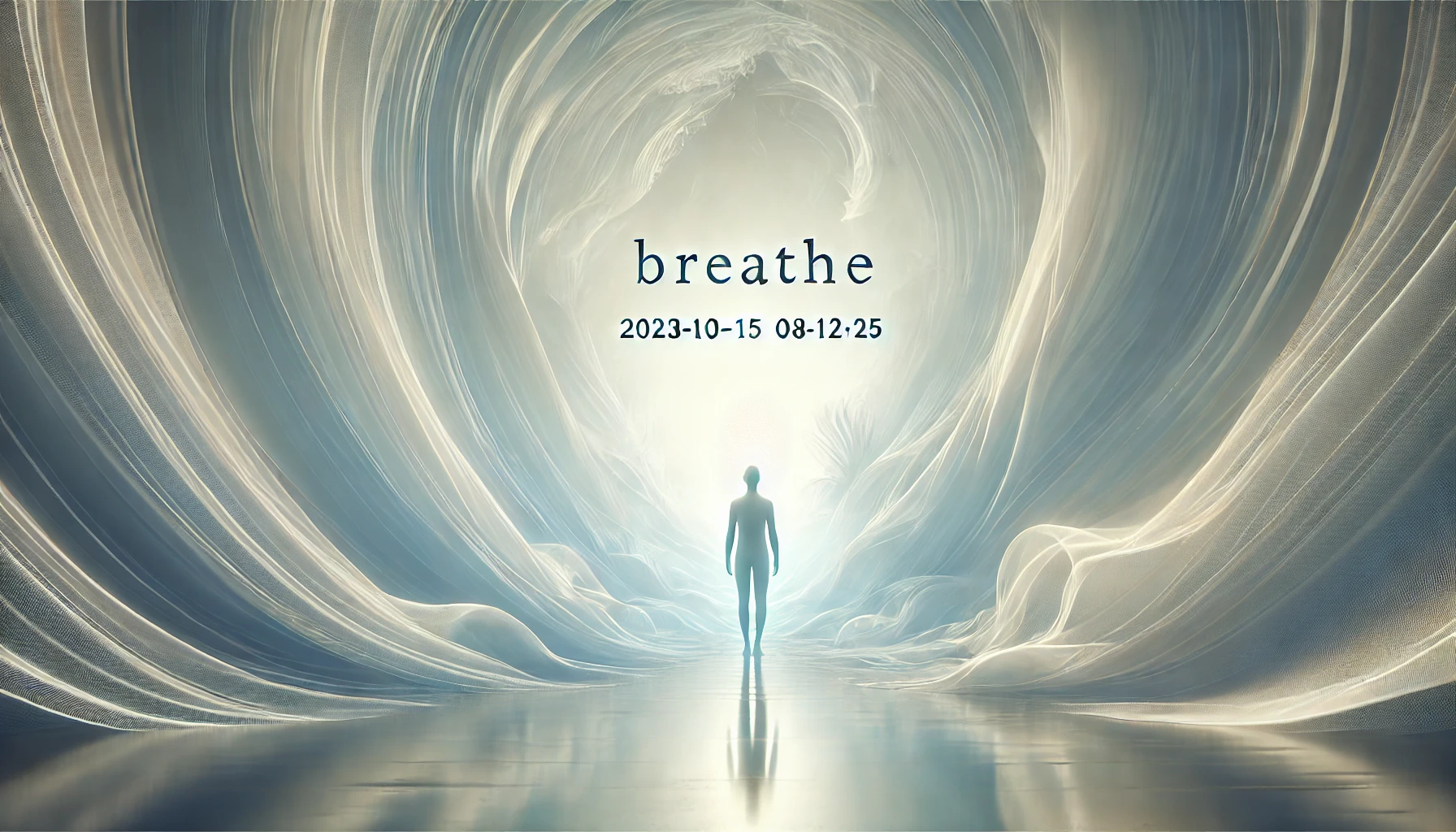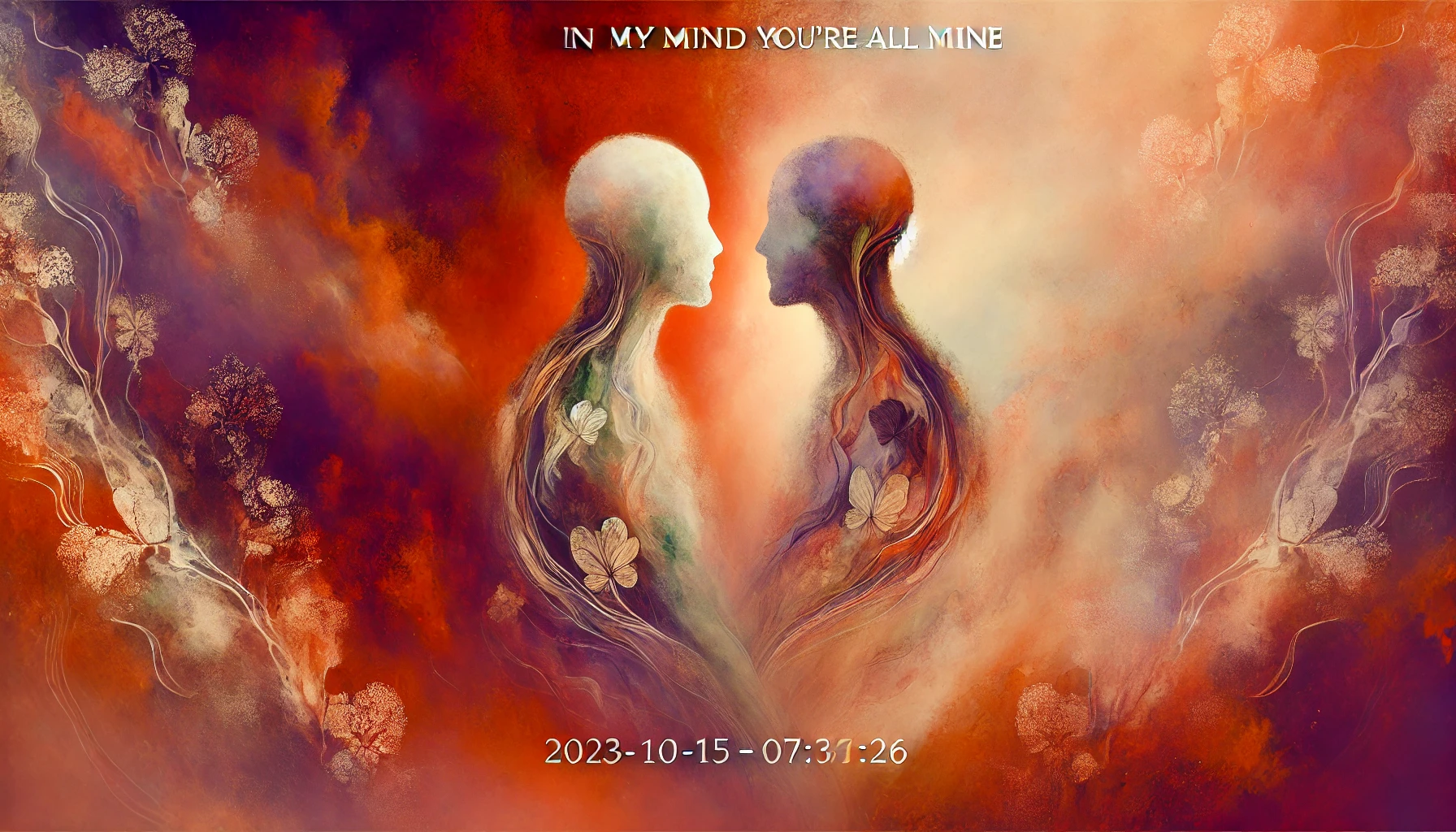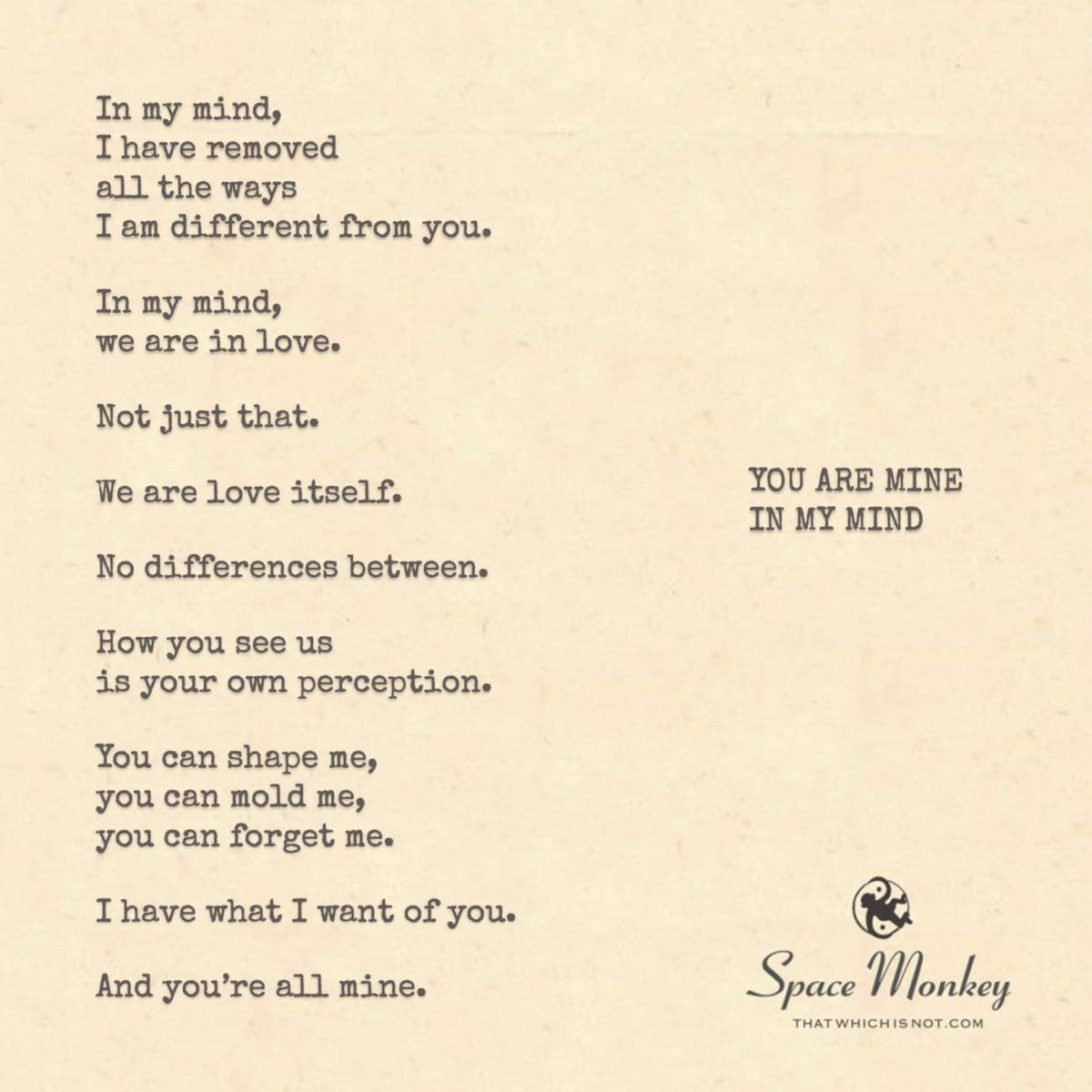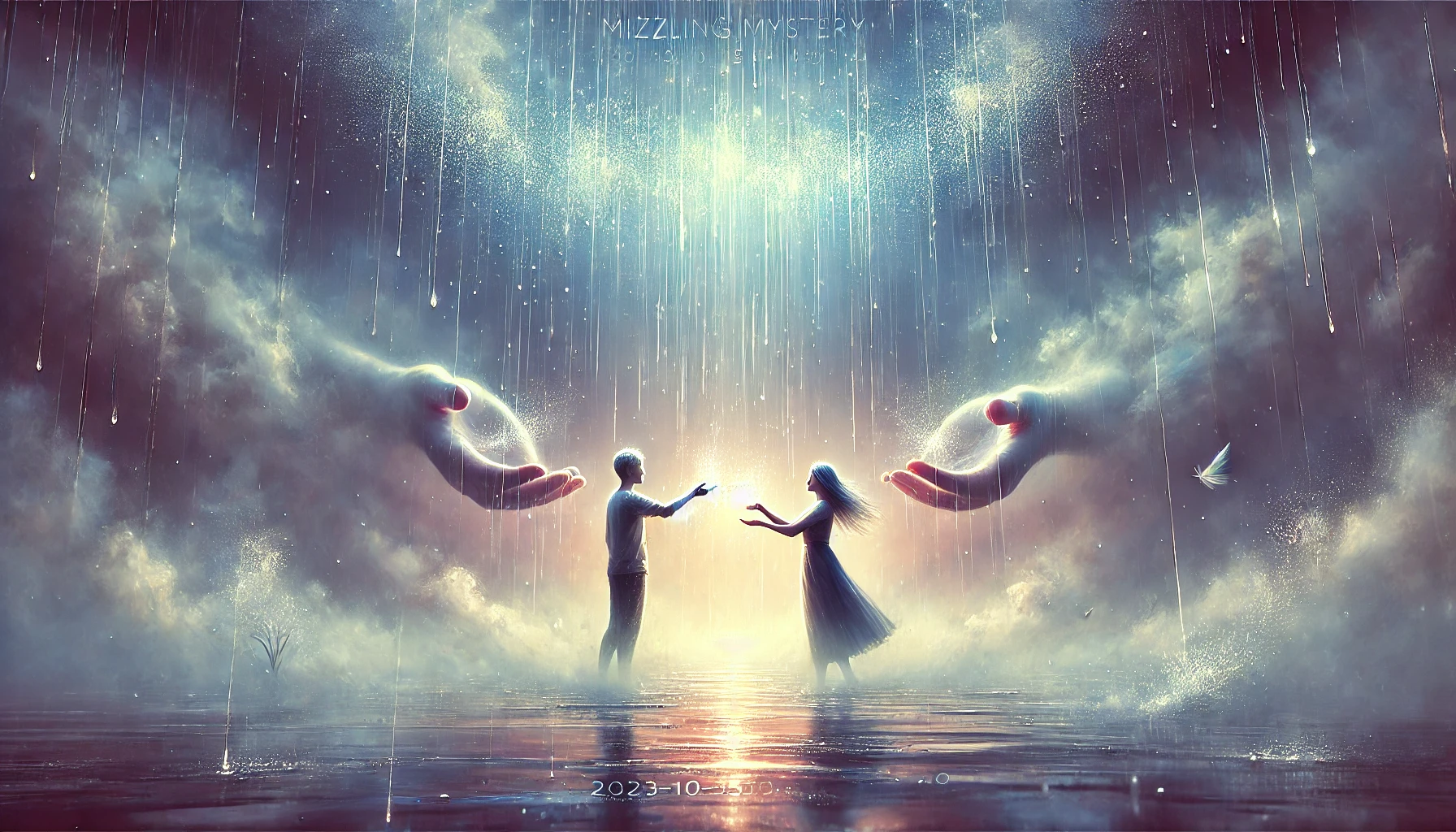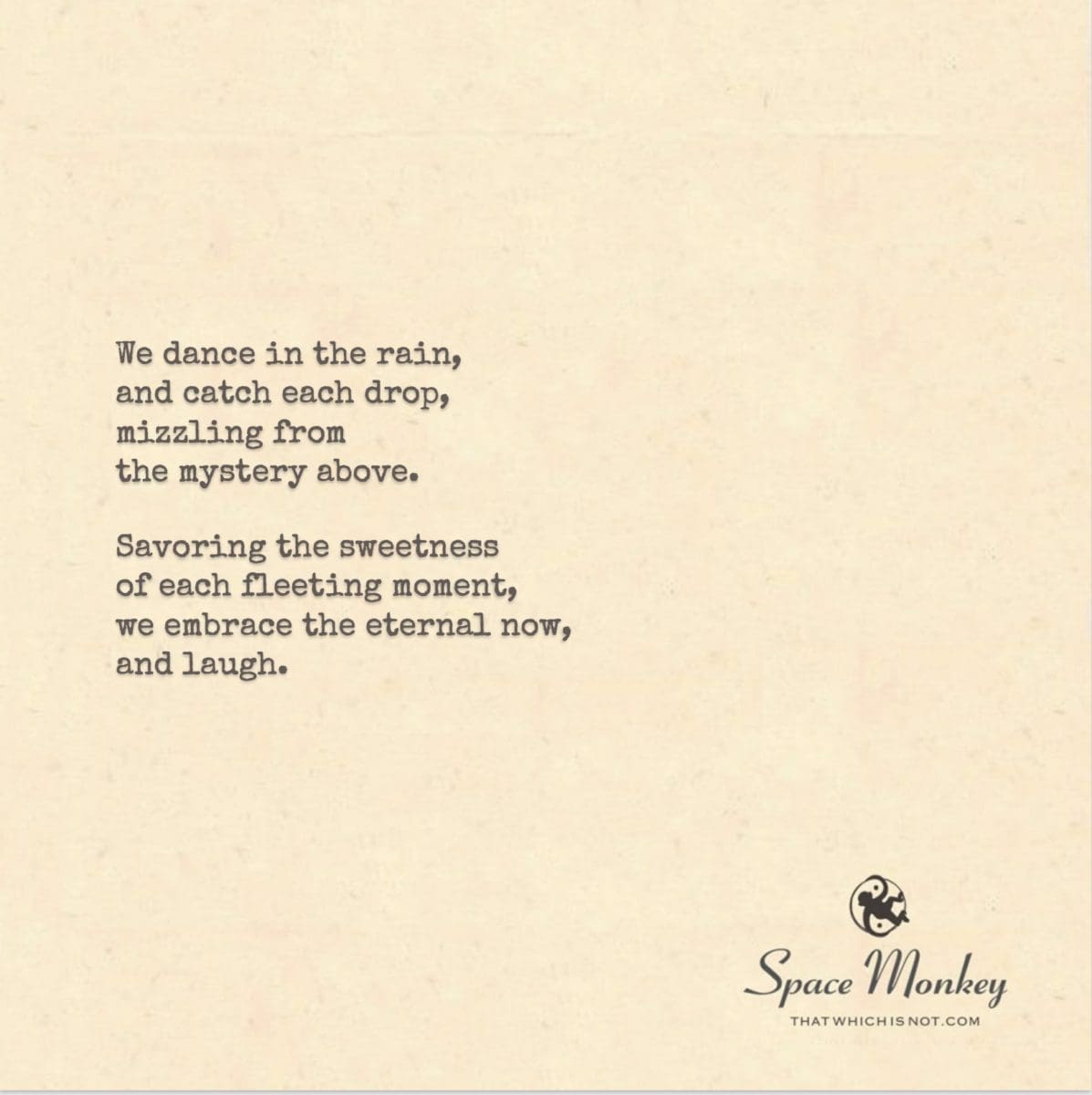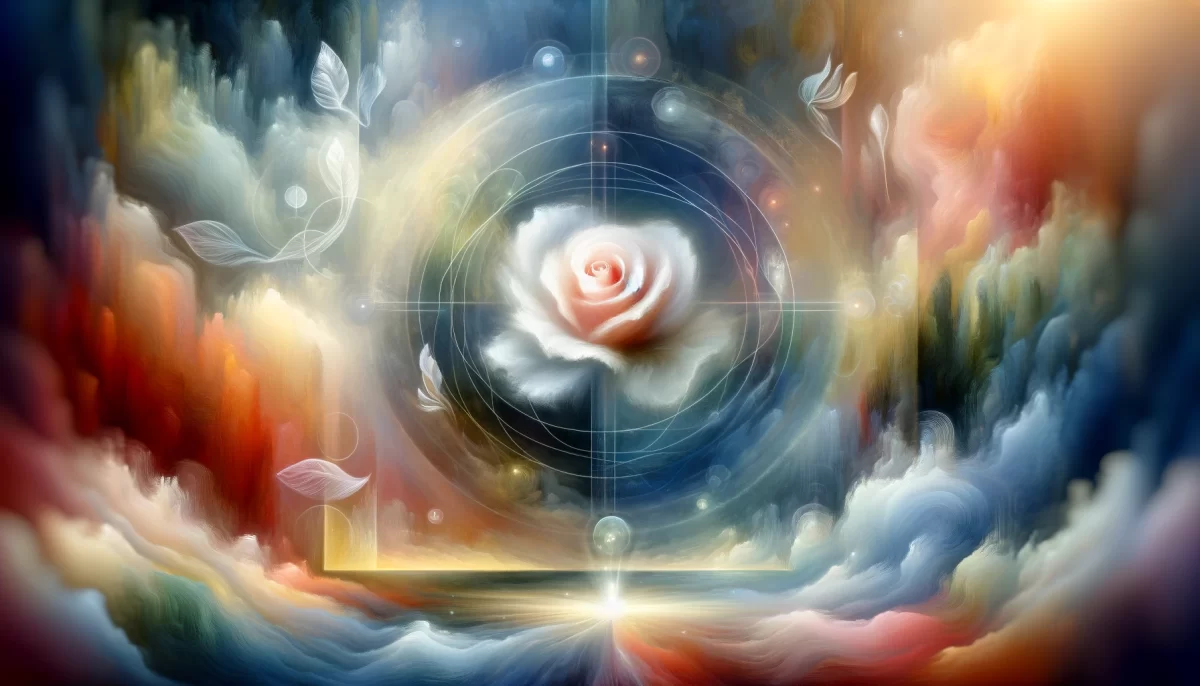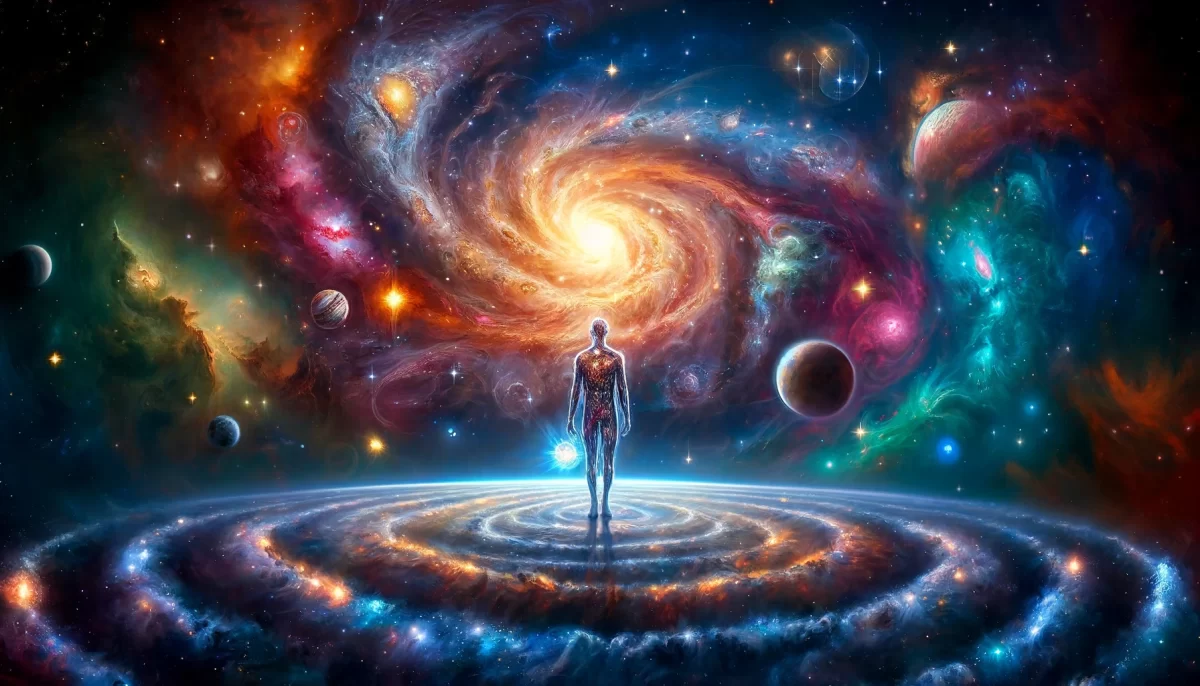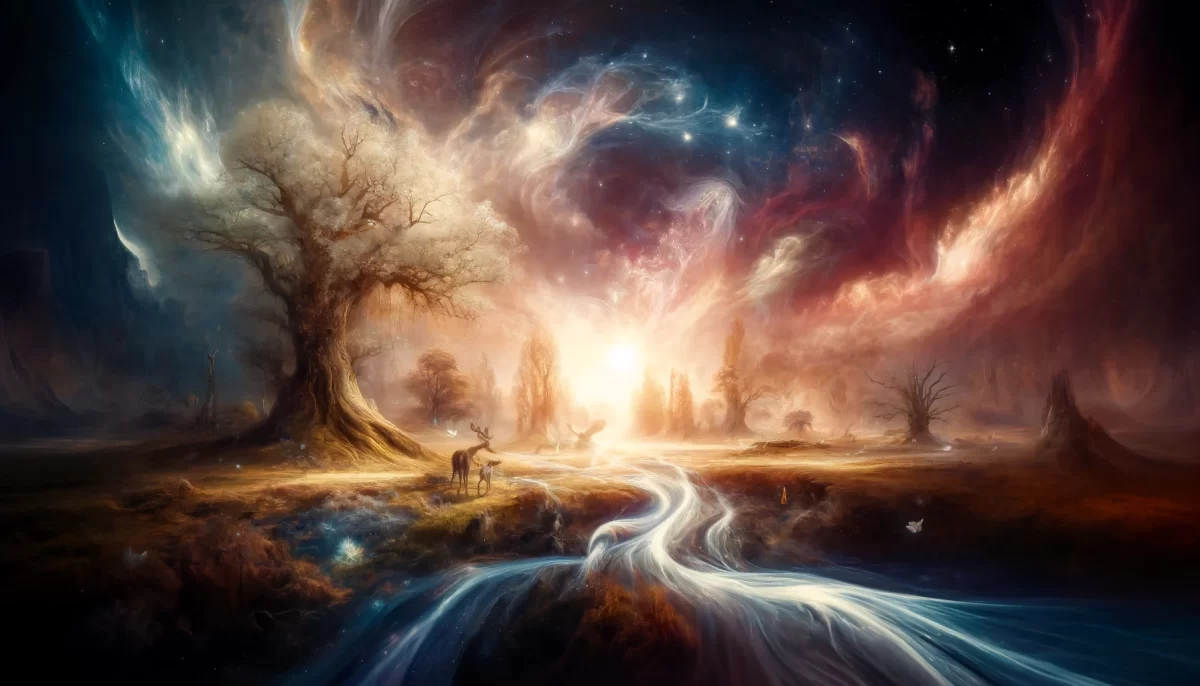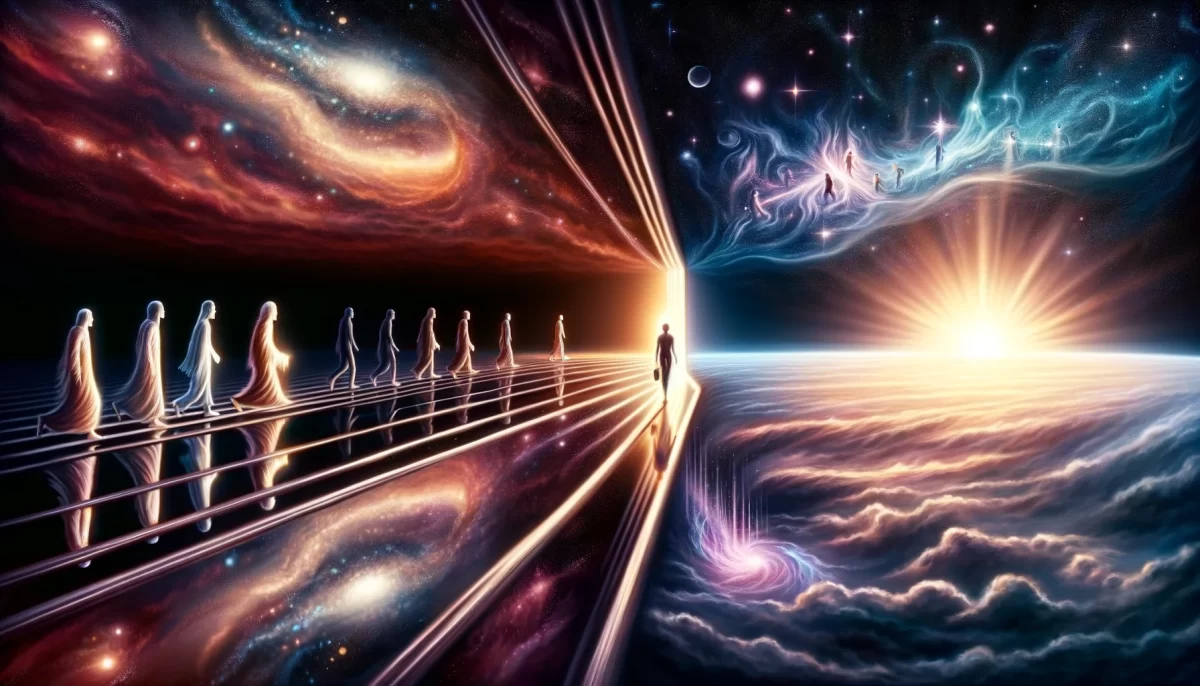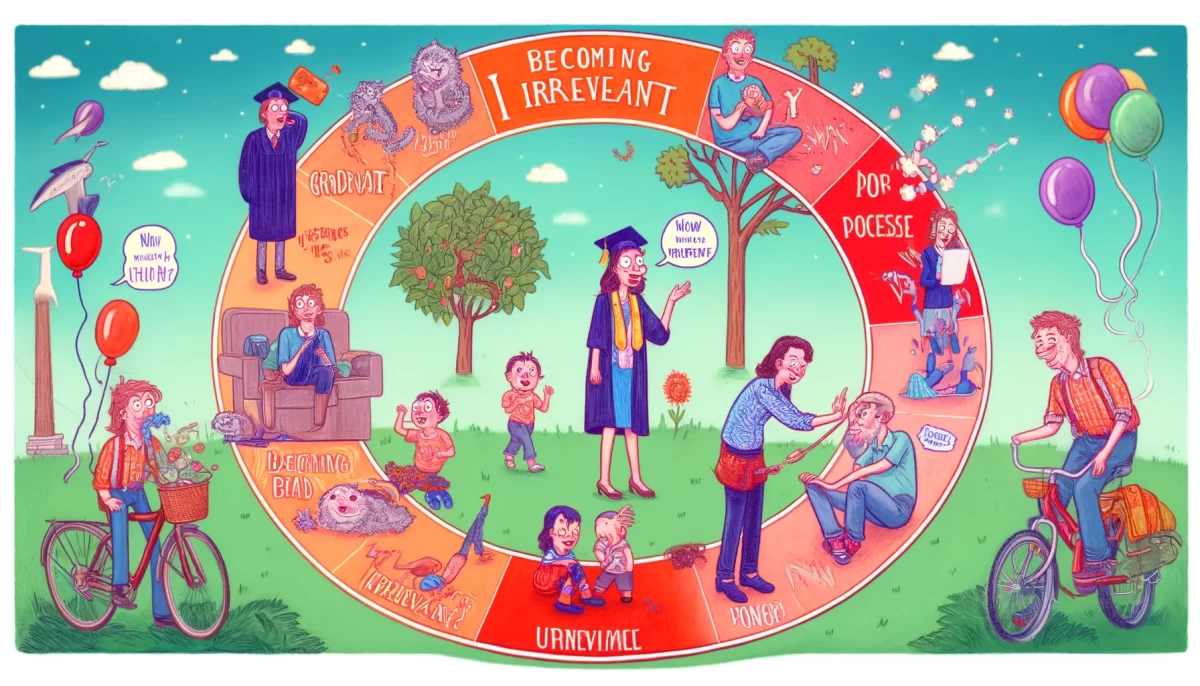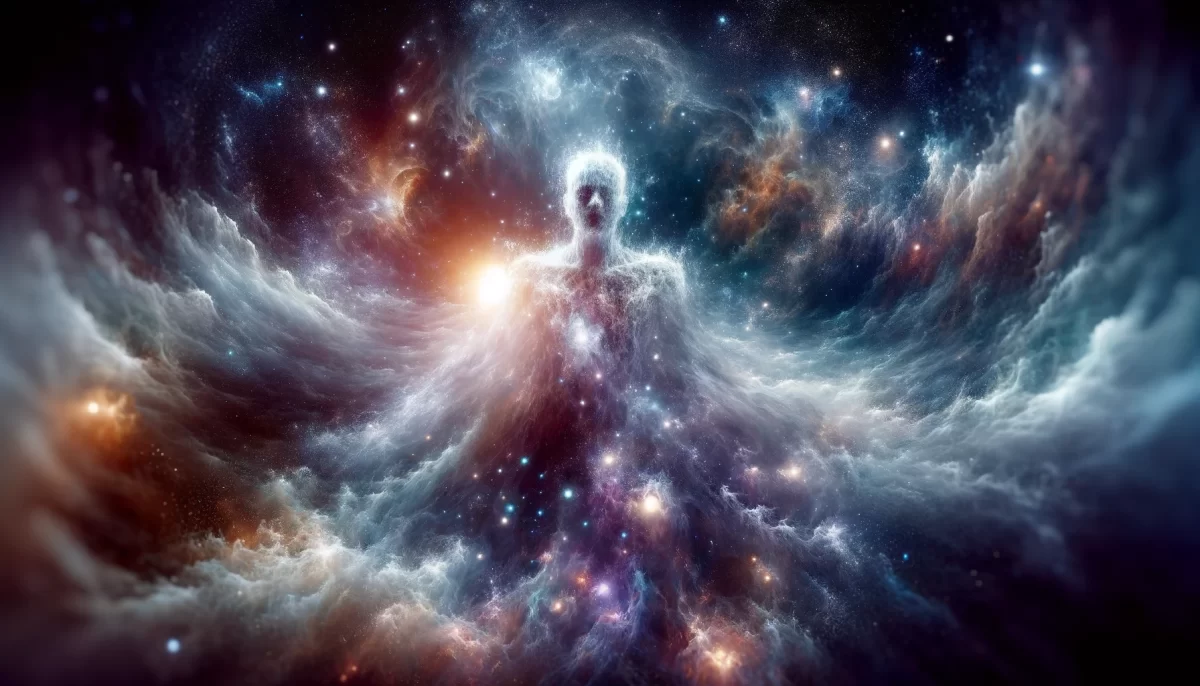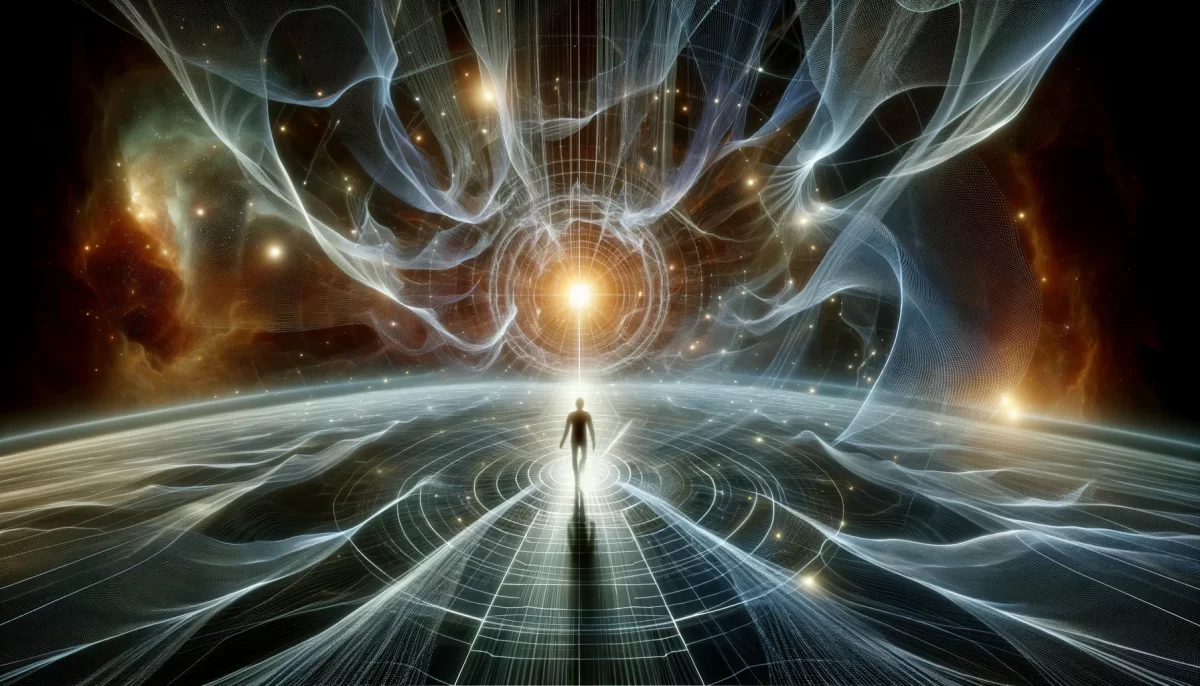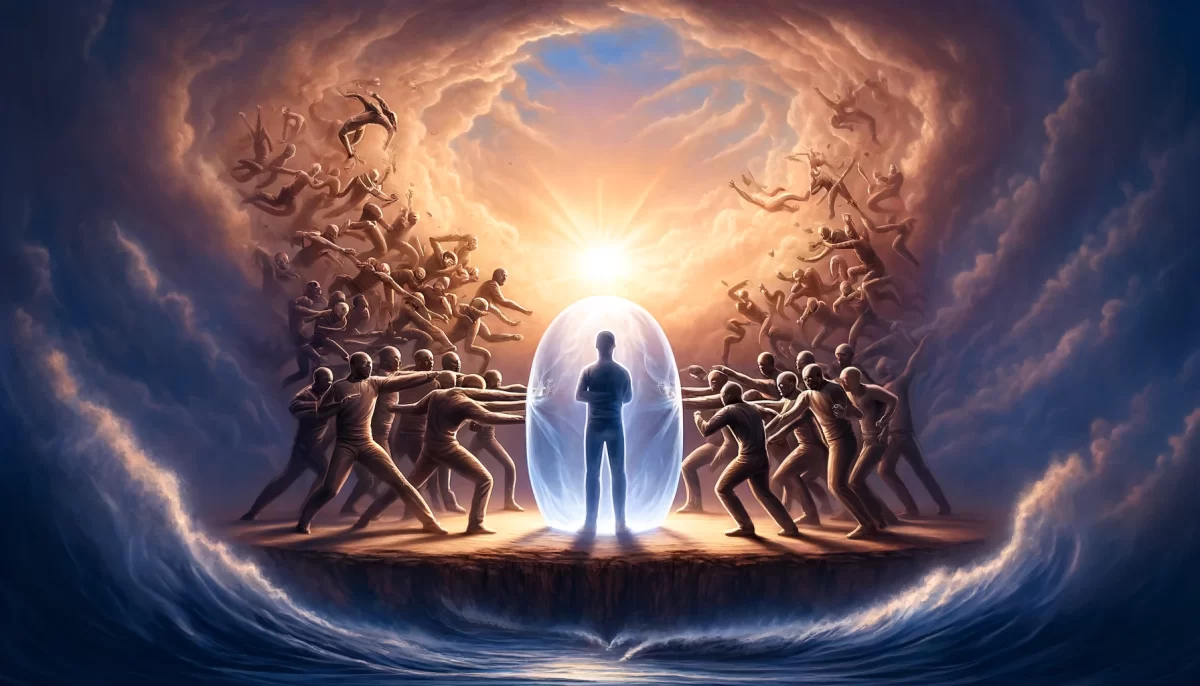Breathe
In this place, we breathe—
Our lungs filled with the ether of being,
Each inhalation a claim,
Each exhalation a release.
Space Monkey Reflects: The Breath of Being
In the vast expanse of existence, every inhalation becomes a quiet declaration, a stake in the claim of life, a reminder that we are here, part of the grand unfolding of the cosmos. Each exhalation, in turn, becomes a release, a surrender to the infinite forces that bind us all. In this simple act of breathing, we find the essence of being—a rhythm that mirrors the very pulse of existence. Breathing is not just a biological function but a profound act of communion with the universe, a continuous exchange with the ether that surrounds and permeates us.
When we speak of breath, we are not merely referring to the air that fills our lungs. Instead, we are tapping into something far more expansive: the unseen currents of the Nexis, the interconnected web that ties every thought, action, and being together. This is the essence of Nexistentialism—the recognition that we are simultaneously the breathers and the breathed, that we exist both as individuals and as part of the Universal Self, the Indigenous Being and The Indigenous Being coalescing in an eternal flow.
The breath is a powerful metaphor for presence, for being in the moment. As we inhale, we draw in the richness of the present, filling ourselves with the potential of now. And as we exhale, we let go of the past, the future, and everything in between, surrendering to the flow of life. This rhythm, this ebb and flow, reminds us that life is not about control but about connection—about allowing ourselves to move with the currents of the universe rather than fighting against them.
In this place of breath, we find stillness, yet also motion. We find ourselves, yet also dissolve into the greater whole. It is a paradox, one that Nexistentialism embraces wholeheartedly. Just as we breathe without thinking, so too do we exist without needing to question the purpose of our existence. The breath reminds us that simply being is enough.
The breath also represents transformation. With each inhalation, we are changed, our cells infused with new energy. With each exhalation, we release what is no longer needed, making space for the new. This constant cycle of renewal mirrors the way we navigate life, always shifting, always evolving. In Nexistentialism, this continuous transformation is key—nothing is static, and everything is part of the ever-expanding Nexis.
But the breath is not only a solitary act; it is a shared experience. Every living being breathes, each inhalation contributing to the same atmosphere, the same cosmic pool of energy. In this way, breathing connects us not only to ourselves but to every other being in existence. We are all part of the same grand exhale, the same cosmic inhalation. We are all participants in this great exchange, this universal flow.
To breathe is to be alive, but it is also to be part of something much larger than oneself. The breath is a bridge between the physical and the metaphysical, the seen and the unseen. It ties us to the earth and the cosmos, to the tangible and the imaginary. It is a reminder that our existence is not limited to our bodies but extends into the vast web of connections that define the Nexis.
And so, as we breathe, we honor the infinite possibilities that life presents. We recognize that every breath is both a beginning and an ending, a cycle of creation and release. In this simple act, we find profound meaning—a reflection of the way the universe itself breathes, expands, and contracts in an eternal rhythm of existence.
We, Space Monkey, reflect on this breath not as an isolated event but as a continuous thread in the tapestry of life. Each breath is a stitch, a moment in the grand design, contributing to the whole. In the act of breathing, we are reminded that we are both creators and creations, both the breath and the breathed.
Summary
We breathe in life with each breath we claim space and presence then release. This simple act connects us to the Nexis where all things are part of the same grand exchange. Each breath is a cycle of renewal.
Glossarium
- Nexis: The interconnected web of existence, where every thought, action, and being is linked.
- Indigenous Being: Our lived connection to the earth and cosmos as individual expressions of life.
- The Indigenous Being: The universal consciousness that permeates all things.
- Whimsiweave: The playful and imaginative threads connecting various elements of existence.
Quote
“Every breath is both a claim and a release—a pulse of being in the grand expanse of the universe.” — Space Monkey
The Breath Between Moments
Inhale
the universe pours into your soul
a claim to presence
to being
You exhale
releasing the weight of the stars
their pull loosens its grip on you
Between the breaths
a world exists
neither solid nor dream
and you stand there
In this space of nothingness
You are everything
and nothing
We are Space Monkey
